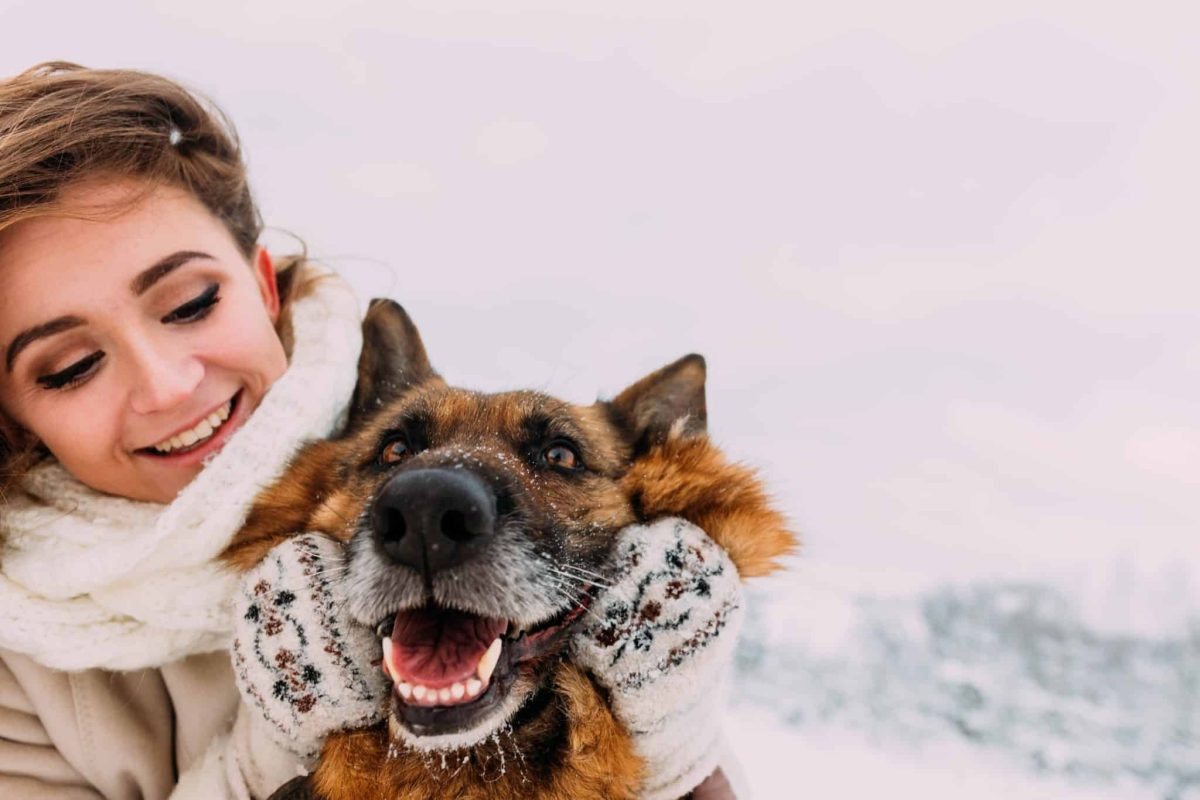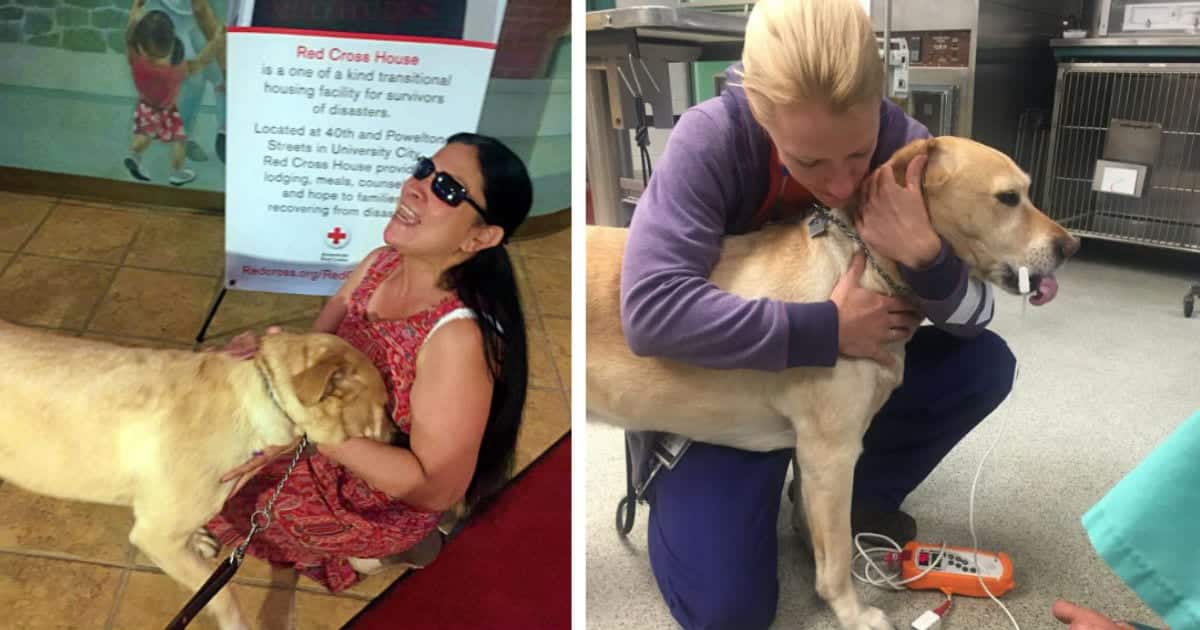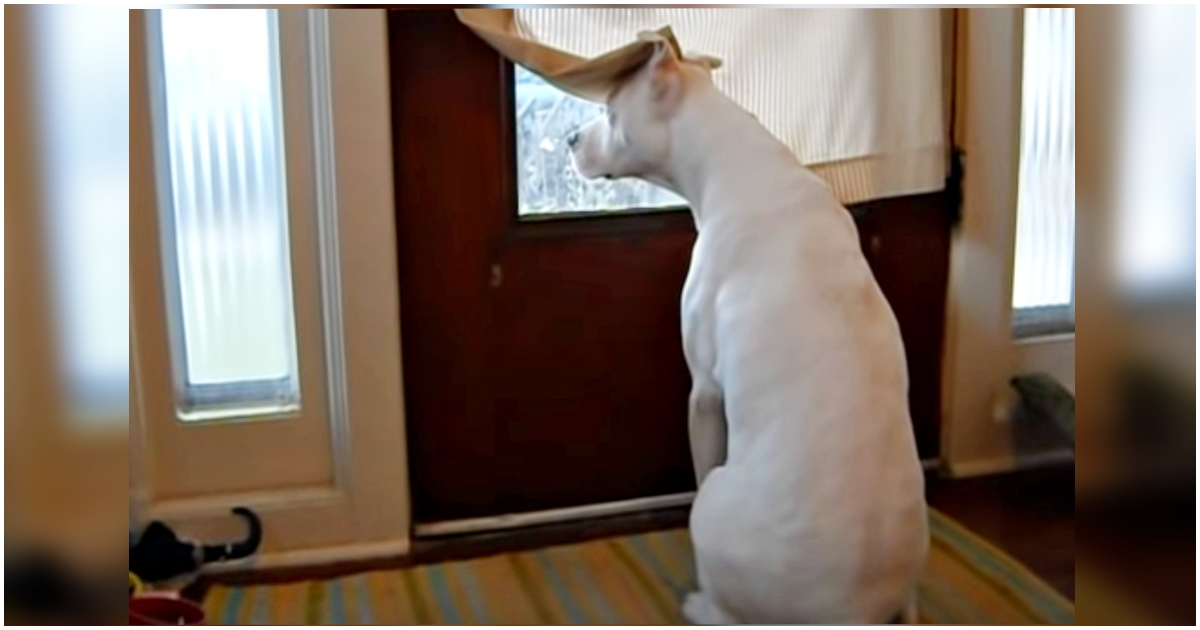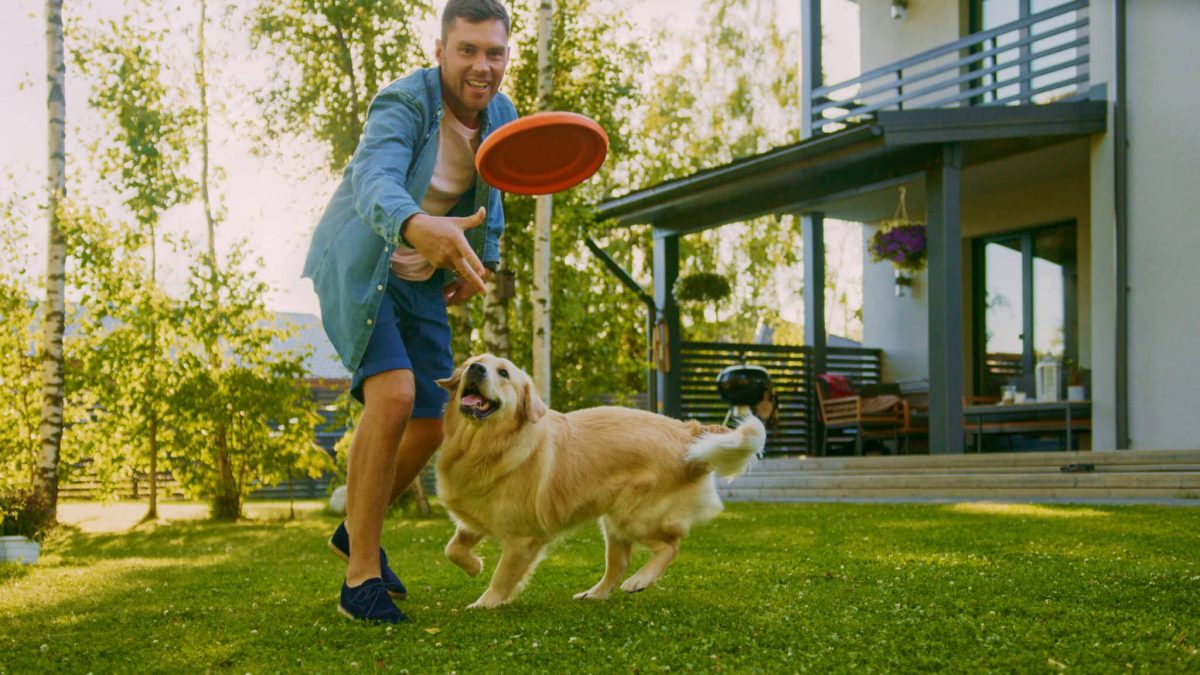This post is about the tricky concept of the combination of negative and positive reinforcement.
I’ve always wondered about behaviors having more than one consequence. I’ve recently learned more about the possibility, and I’ve found a good example of it with Lewis.
So-called “synthesized reinforcement” occurs when more than one reinforcer is a consequence of the same behavior. This occurrence has been recognized since at least as far back as 1969 (Osborne), but has only been named and systematically studied in the last 10 years. Synthesized reinforcement is noted in functional assessments and used in functional analyses.
Synthesized Reinforcement and Escape to an Appetitive
Sometimes escape is just about getting away. From the scary monster, the hot stove—you need to move out of proximity now. But sometimes a function of escape is to get to something better. This topic is discussed plenty with humans. Reinforcement in combination like this is called synthesized reinforcement.
Some scientists suggest that synthesized reinforcement is common, that looking for only one contingency in a functional assessment or functional analysis is artificial. Synthesized reinforcement can comprise aversive plus appetitive consequences, multiple aversives, or multiple appetitives. For example, multiple appetitives could be the cause of the extra joy your dog gets when you play with him with the toy, rather than when he plays with the toy by himself. Human examples abound. Think of the many, many ways that entering a stadium for a game is reinforced for a sports fan.
Back to the curious combination of R- plus R+. The classic (if dated) example is waiting until there is a commercial during something you’re watching before getting up to get a snack. You get away from the tedious commercial (escape) and you get access to food (appetitive). Most of us dislike commercials, but we rarely walk away from the screen to do nothing for 30 seconds.
Another example is doing extra work to get some time off from a class. Class isn’t so bad, but hey, a friend will take you waterskiing that day if you get the time off!
Synthesized reinforcement is also the reason it is kind to provide another source of an appetitive when you are performing aversive husbandry activities. This is a lot kinder than just saying, “Hey, my dog can leave if he wants to.” If there is nothing else to do in the room and you control the only source of food, simply leaving is not such a great thing!
So here is my real-life example.
Setting the Scene (the Antecedents)
I walk my dogs individually every single day except in the case of illness or very bad weather. I have always gone in order of seniority, so young Lewis goes last.
In the cooler months, we walk in the late afternoon. While I’m walking with Lewis, my partner fixes the dogs’ suppers. Lewis knows the routine: when he gets home from his walk, his supper will be waiting. Have I mentioned that he is excitable?
In contrast, in the hot months, I walk the dogs much later. It’s near dusk and long after they have eaten their suppers.
The Action: Harness Removal
Lewis is excited to get his harness off (the teal one in the last photo) when his supper is waiting. But the tracking unit on his GPS collar is bulky. That means the harness can catch on the collar if he moves while I’m manipulating the straps. So I set a contingency on harness removal: I don’t remove the harness until he stays still.
Our system is that first I unsnap the two buckles. Then he needs to be particularly still while I maneuver the harness over the transmitter on the collar. After I’ve done that, I give his release cue. Lightning fast, he jerks his head all the way out of the harness and dashes to get his supper.
Usually I give my dogs a treat after I put on or take off their harnesses. Having someone fiddle with straps and snaps around your body is not the most fun thing. But in this situation, Lewis is completely uninterested in that one treat; his supper is waiting for him.
I’ve described a whole chain of behaviors and consequences. Lewis’ behaviors include being still, pulling his head out of the harness while backing up, and running toward his supper. I am going to simplify the scenario somewhat. Let’s focus on his “self-removal” of the harness, the escape behavior.
A. Harness is in an uncomfortable position (around his neck, half-on, half-off)
B. Lewis wriggles out of harness
C. Harness is off (no longer uncomfortable; free to move away)
This is a negative reinforcement scenario. But during part of the year, there is another big consequence available that’s tied to escaping the harness: a whole bowl of food. What effects might that have on Lewis’ harness behavior? I had a great way to find out.
Evidence of Positive Reinforcement
The immediate function of Lewis whipping his head around is to escape the harness. He wouldn’t whip his head on the way to getting his supper otherwise. But in the summer, Lewis’ behavior changes. When I switch to walking the dogs after supper instead of before, his meal is no longer awaiting him after his walk, and he knows that. When his supper isn’t waiting, he does not whip his head out of the harness. He “helps” me get the harness off, but with a mild twist or wiggle, often after a delay. The behavior has changed from “Let me out of here!” to “Meh, I guess I could pull my head back a little bit to help get this harness off.”
So the positive reinforcer (supper) appears to have a large role to play! When it is not present, Lewis does only the minimum to help me remove the harness. The topography of the behavior is different and there is no discretionary effort.
Could I Do Anything Differently with the Harness Removal?
My tentative conclusion is that there is always an element of negative reinforcement with the act of harness removal, at least with the harnesses I use. If I waive the contingency of the dog being still before getting out of the harness, there is still the automatic negative reinforcement of the behavior of wiggling out. And even standing absolutely still could be an escape behavior if they’ve figured out that’s the most efficient way for the harness to come off.
But I recently realized the obvious: Instead of removing his harness when he enters, I can unsnap his leash and leave the harness on. No wrangling! I can wait until after Lewis has eaten his supper and experienced anything else interesting that is going on in the house before I remove his harness.
When I remove the harness after the excitement, there is still an element of automatic negative reinforcement, but there is much less frustration for him. And he accepts my offering of kibble.
 Lewis in his “big boy” Hurtta harness. To remove it, I have to unsnap two buckles, then pull it over his head.
Lewis in his “big boy” Hurtta harness. To remove it, I have to unsnap two buckles, then pull it over his head.The Big Picture
The idea of synthesized reinforcement is a fascinating one, but it’s also annoying. It can dislodge a lot of assumptions. It ruins our hopes, once again, that we live in a neat and binary world. That if we just follow the right formulae, that if we are careful with our functional assessments, we can teach our dogs successful pet behaviors without any presence of aversives. That we can reduce every situation to one contingency, so we know which ones to use and which ones to avoid. That doesn’t always happen for me.
Synthesized reinforcement also doesn’t fit perfectly if we think in terms of contingency tables (“quadrants”), which I still do. Modern behavior analysts categorize behavior more and more by function. Usually there are four to six possible functions identified, depending on your source. You will find behavioral functions listed most often as social, escape, tangible, and sensory (Cooper et al., 2014, p. 511). Lewis’ harness behavior would be described as escape to a tangible (some systems would further specify an edible). The synthesized reinforcement example I listed above, playing with your dog with a toy, adds social reinforcement to access to a tangible.
But I live in the dog training world, and we are still wrestling with contingency tables. If you think I am on my way to promoting R-, you haven’t read much of my stuff. Escape to a tangible is super common in the human world. But in training and other dealings with dogs, what I have seen is that escape contingencies (R-) are mostly implemented by humans in unpleasant ways for dogs. And even what seems to us to be a minor aversive consequence can have fallout. I’ll stick mostly with the contingency way of discussing things for now, while learning more about functional categories.
Living with our dogs, it is very, very hard to avoid R- completely. I accept that R- is present sometimes even though I don’t want it to be. I am committed to being transparent about that. When I required Lewis to be still while I pulled his harness over his head, I was using an R- contingency for safety. But I figured out how to recast that situation by removing his harness after he ate instead of before. Observing tiny aversive moments allows me to practice my analysis, burrow deeply, and pursue my goal of making my dogs’ lives better.
References and Resources
Note: Most of these resources involve the use of ABA with children, either deaf or autistic. Some people may prefer not to check them out. See my statement about ABA on my training philosophy page.
Cooper, J. O., Heron, T. E., & Heward, W. L. (2014). Applied behavior analysis, second edition. Pearson.
Ghaemmaghami, M., Hanley, G. P., Jin, S. C., & Vanselow, N. R. (2016). Affirming control by multiple reinforcers via progressive treatment analysis. Behavioral Interventions, 31(1), 70-86.
Holehan, K. M., Dozier, C. L., Diaz de Villegas, S. C., Jess, R. L., Goddard, K. S., & Foley, E. A. (2020). A comparison of isolated and synthesized contingencies in functional analyses. Journal of Applied Behavior Analysis, 53(3), 1559-1578.
Smith, S. W., Arroyo Antúnez, B. E., DeBartelo, J., Sullivan, W. E., Roane, H. S., & Craig, A. R. (2024). Synthesized alternative reinforcement and resurgence. Journal of the Experimental Analysis of Behavior, 122(2), 195-206.
Osborne, J. G. (1969). Free‐time as a reinforcer in the management of classroom behavior. Journal of Applied Behavior Analysis, 2(2), 113-118.
Copyright 2024 Eileen Anderson























 English (US) ·
English (US) ·